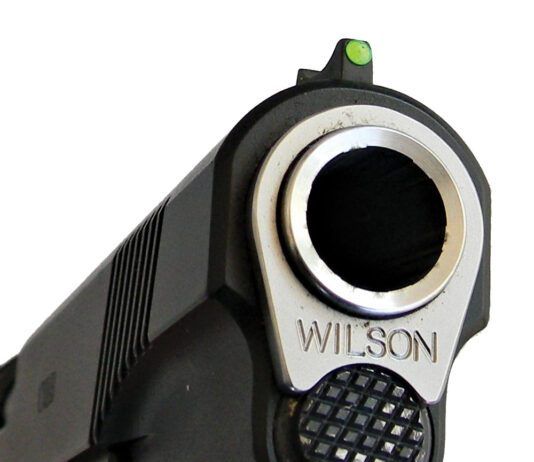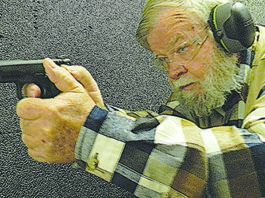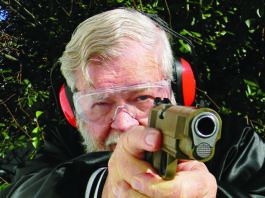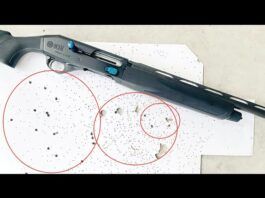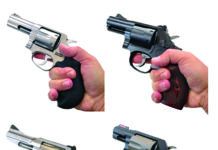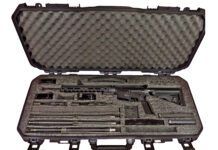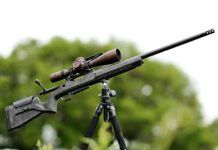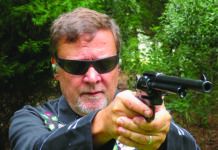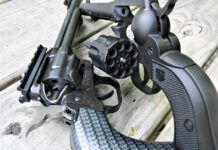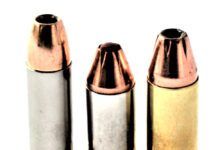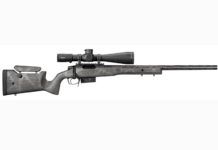Economy 9mm Pistol Shoot-Out
In the October 2024 issue, Gun Tests shooters tested two affordable 9mm handguns that fit nearly anyone's budget.
Contributing Editor Bob Campbell's South Carolina test...
Lovin’ Some Wheelgun Tests
Re “Everyday Carry 357 Magnums: Smith & Wesson and Rossi Tangle,”
August 2024
When I received my August 2024 issue of your fine publication, I immediately retired to...
New Four-Caliber Kit in 9mm Luger, 5.56, 7.62×39, and 300 Blackout Available
Hydra Weaponry has announced the launch of the Hydra Survival Package, a kit that combines four popular chamberings into a single, versatile system with...
Christensen Arms Now Shipping New Modern Carbon Rifle
Precision riflemaker Christensen Arms is now shipping its new Modern Carbon Rifle (MCR) to retailers nationwide. MSRP: $2400.
“Christensen Arms pioneered the use of carbon...
Taylor’s & Company Cattleman Old Model Military Markings RC1/550585 45 Long Colt
Back in the Old West, there was a variety of six-shooters to choose from, but as years passed, many of these revolvers ended up...
New Shooter’s Guide: What Is a Revolver Handgun?
If you’re new to the shooting world, the array of terms and definitions can be staggeringly difficult to master, or even to understand. The...
SHOT 2023: Bergara Crest Rifle
Joe Woolley, Contributing Editor for Gun Tests Magazine, interviews Tony Smotherman, Head of Influencer Relations at Bergara Rifles, and learns about Bergara's new-for-2023 B-14...
New Shooter’s Guide: You Have Your Concealed Carry Permit – Should You Carry?
Well, you did it. You got your License to Carry, CCW, CHL or whatever they call it in your state. Perhaps you did that...
SAAMI Accepts 30 Super Carry As New Standardized Cartridge
NEWTOWN, Conn. – The Sporting Arms and Ammunition Manufacturers’ Institute,® Inc., (SAAMI®) has announced the acceptance of a new pistol cartridge for SAAMI standardization.
30 Super...
SAF, Partners File for Injunction Against New California Gun Law
Attorneys for the Second Amendment Foundation and others have filed a federal lawsuit for Declaratory and Injunctive Relief in a case challenging the constitutionality of a...
Miller v. Bonta Decision
Click the link below to see the entire Miller v. Bonta decision referenced in the August 2021 Downrange editorial. gov.uscourts.casd.642089.115.0_1
PROOF Research Introduces the $8500 Conviction Ti Long-Range Precision Tactical Rifle
Columbia Falls, Mont. (August 2020) – PROOF Research has announced the newest addition to its precision long-range rifle line with the Conviction Ti. Builds...


























